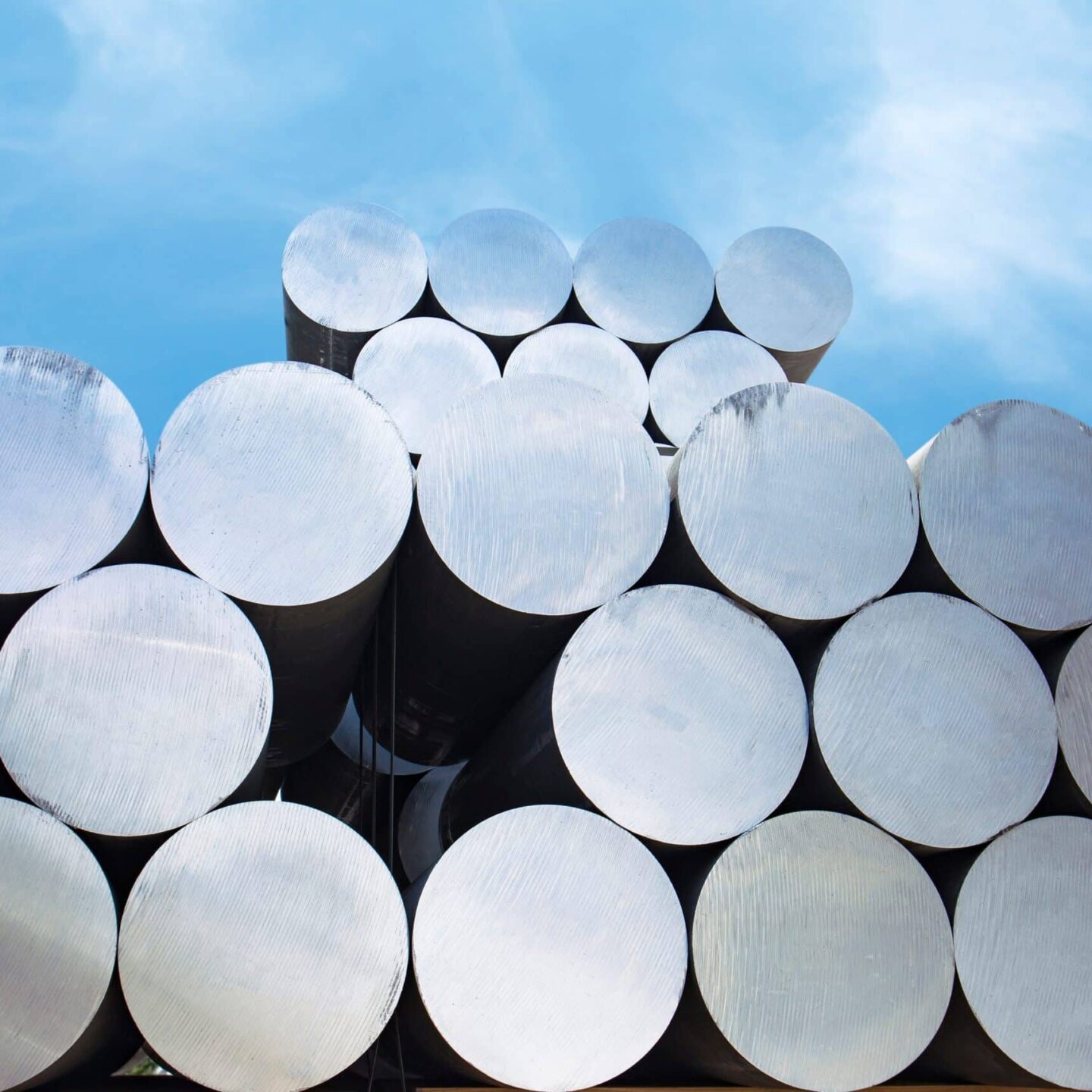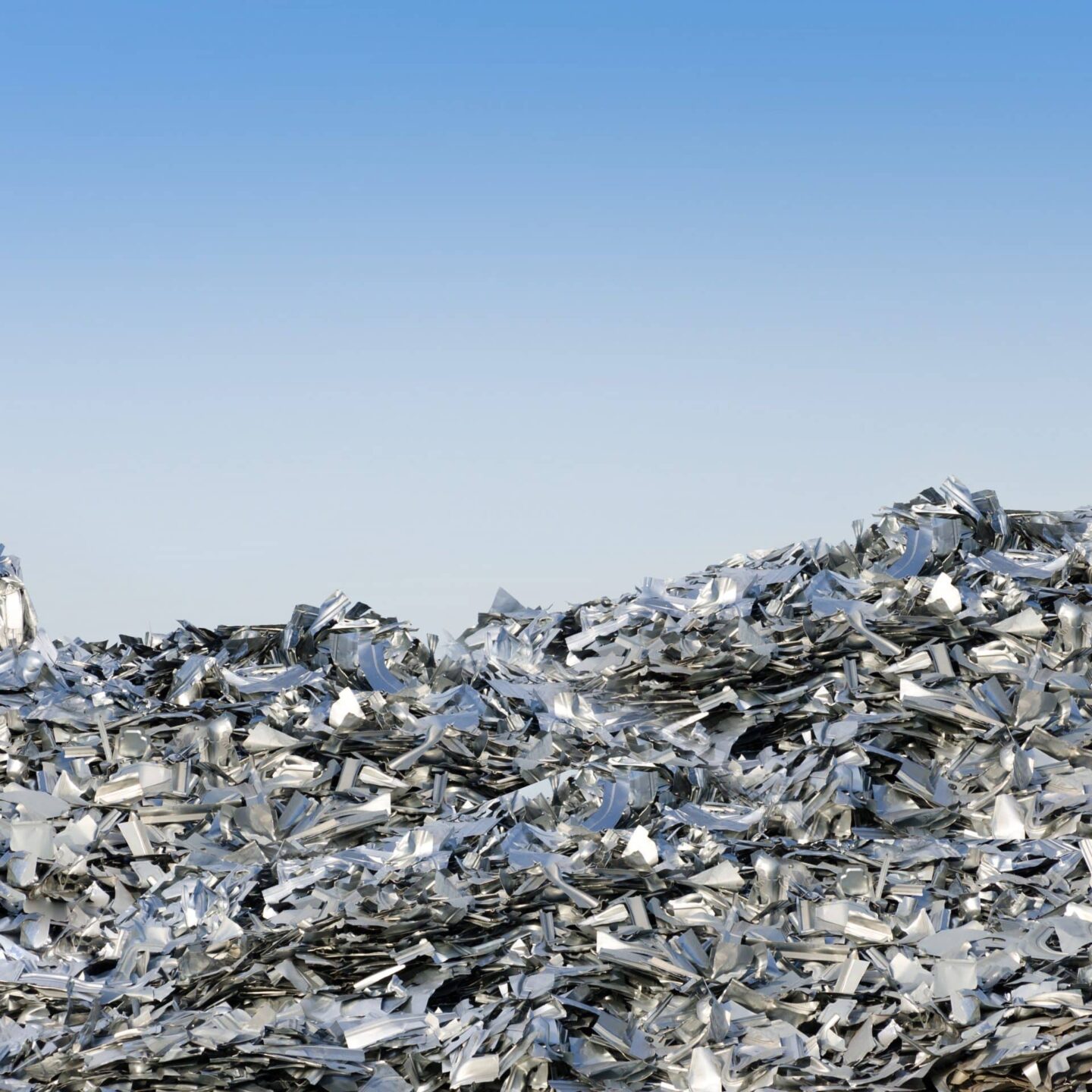The Towards Sustainable Cities research programme quantifies the in-use benefits of aluminium in architecture and the built environment.
Aluminium is almost infinitely recyclable and this is well understood. This research identifies that aluminium-based projects dating back to 1950 that have been disassembled have all been recycled. 1950 is the first year of entries in IAI’s global mass flow model. The research reviews the reasons why buildings are demolished and rates of material recovery at the end of use. Key examples of short life and relocatable architecture are set out, alongside the future role of Design for Disassembly [DfD]. This research also identifies that there is a much wider up take of cast aluminium components in architecture than may have been expected.
Funded by the International Aluminium Institute, the research was undertaken by Michael Stacey Architects with KieranTimberlake and the Architecture and Tectonics Research Group (ARTG) of The University of Nottingham, UK.
Other publications in the series include: Aluminium and Durability, Aluminium Life Cycle Thinking, and Aluminium: Flexible and Light, and Aluminium: Sympathetic & Powerful – all of which are available to download on the right.





